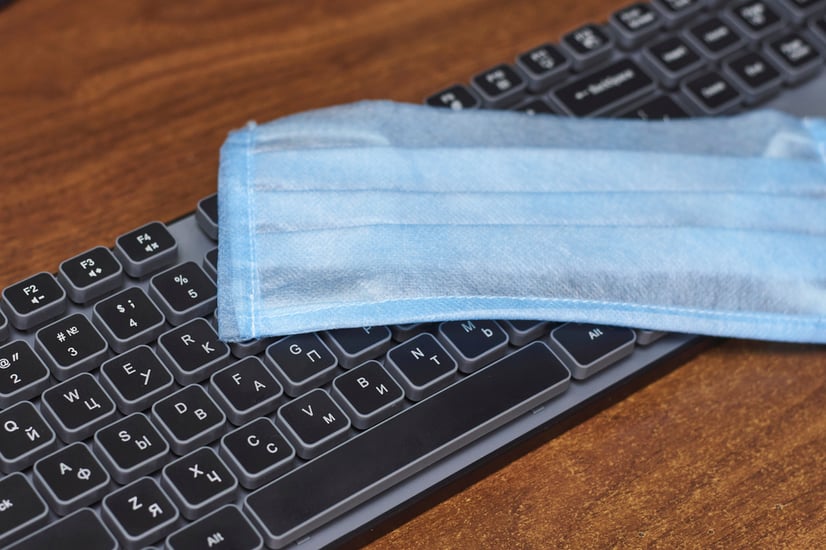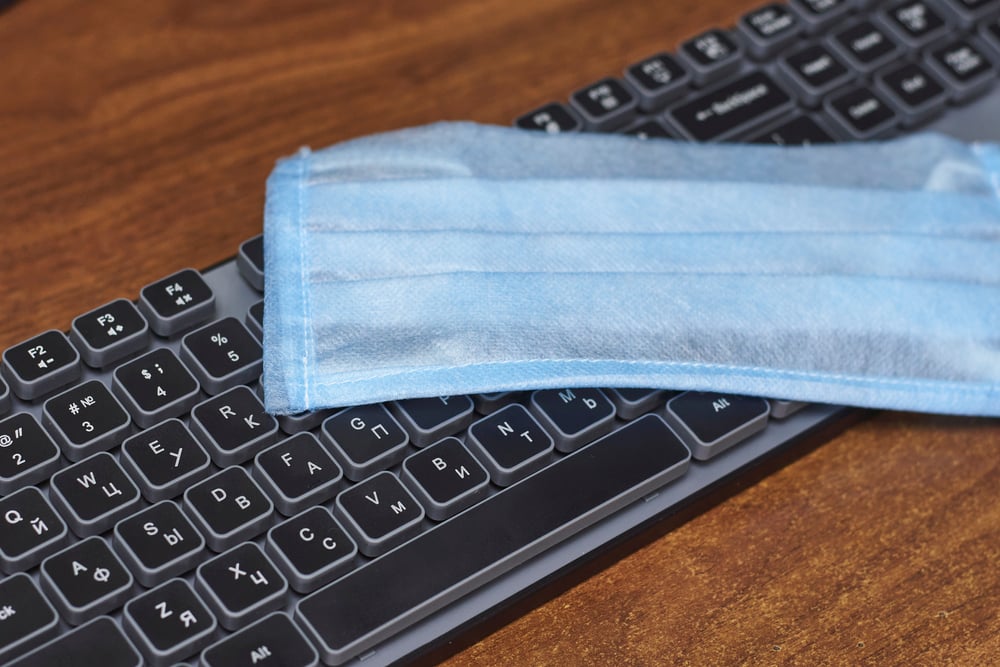
Many businesses are facing unique challenges as they transition back to work from a remote setup. While it’s an exciting prospect to return to some semblance of normalcy post-COVID, the transitioning process can be a bit challenging for businesses overall and their Human Resources departments in particular. Here are some guidelines to make the transition as seamless as possible:
Continue Workplace Safety Protocols
Now is not the time for businesses to ease up in safety protocols. If anything, with more employees moving back into the workspace, it’s now more vital than ever before that protocols are followed. It’s important for businesses to remember the following safety protocols and keep them up as employees move from home to an in-office setting:
- Maintain physical distance as outlined by the Center for Disease Control and Prevention recommendations.
- Keep up cleaning protocols to reduce the risk of illness.
- Keep up PPE protocols, ensuring employees protect themselves in a working environment.
- Keep up with OSHA record-keeping and reporting maintaining safety in the workplace.
- Setting up a vaccination policy (if desired) and communicating mandates to employees.
- Ensure that any state or local ordinances are followed.
Creating a Return-to-Work Plan
As with anything in life, returning to an in-person work setting will be smoother with a plan. The following are some points human resources should consider when creating a return-to-work plan:
- Create a timetable of when which employees will return to work, phase-in options, etc.
- Consider high-risk positions and how to counteract some of the risks.
- Determine how to deal with employees who are fearful to return to work or who are physically unable to return to work.
- Notify state unemployment agencies when each employee returns to work and is once again gainfully employed.
- Ensure employees who were laid off or furloughed have any necessary paperwork they need to return to work.
- Make sure the workspace allows for adequate and safe spacing. If this isn’t possible, make allowances like installing panels that will keep employees safe.
- Identify what roles are considered to be essential workers— who will return and who will either remain at home working remotely or who will perhaps be laid off or furloughed further.
- Track who sits where and who they are near in case a person becomes sick with COVID. Employers need to be able to tell employees if they have been exposed to the virus during work hours.
- Establish a cleaning regimen to create a working environment that is as safe as possible.
- Design and enact a daily screening plan to ensure all employees entering the building are healthy.
Additional Points to Consider When Transitioning Back to Work
In addition to other necessary steps businesses should take to promote a safe back-to-work environment, it’s also a great time to review employment benefits. This can include going over the following points:
- Compliance changes
- Health insurance plans
- 401(k) plan requirements
- Paid leave policies (what is the business policy, and does it differ from before?)
Compensation Changes
Businesses should deal with any pay changes during COVID. This can include pay reductions or salary in order to return to normal. Employment benefits and policy changes should be communicated and considered during this time as well.
Remote Work
Although some employees will likely look forward to returning to an in-person environment, some might want to maintain their remote working routine. Businesses should consider the following factors when contemplating the continuation of remote work:
- Determine what should be done if an employee wants to continue to telecommute.
- Update applicable technology to allow for remote work.
- Consider a policy or agreement for employees to formally request to remain working from home.
- Determine if job descriptions should change based on a remote work environment.
Bottom Line: Successfully Transition Back to Work, It’s a Process
Hopefully, the guide listed above will help businesses get employees back to work successfully. The main point to remember is to maintain flexibility, enhance communication efforts, exude support, and promote teamwork. For many businesses, this is new terrain. Therefore, the right answer for each business will vary from any other business’s return to work plan.





